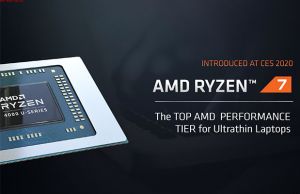I agree with you on Skylake being an old uArch. Ice Lake and Tigerlake are based on it and indeed they are starting to be like an open book for researchers, hence the numerous vulnerabitilies. Still, most of the consumers don't give a damn about this vulnerability craze, including myself. If one's CPU performs better I will buy it. So if Rocket Lake brings enough performance to the table, it will sell no problem.You are on the brink getting into fanboyish attitude. Calm down. This old arch is a can of worms, it is just a matter of time for another Zero Day class exploit to emerge. The funny move omitting SGX, not fixing it instead to save from the dreaded LVI vulnerability is reason to think about it in general.
Regarding the LVI vulnerability, they probably found about it too late in the development process so they just disabled SGX entirely, nothing surprising.










